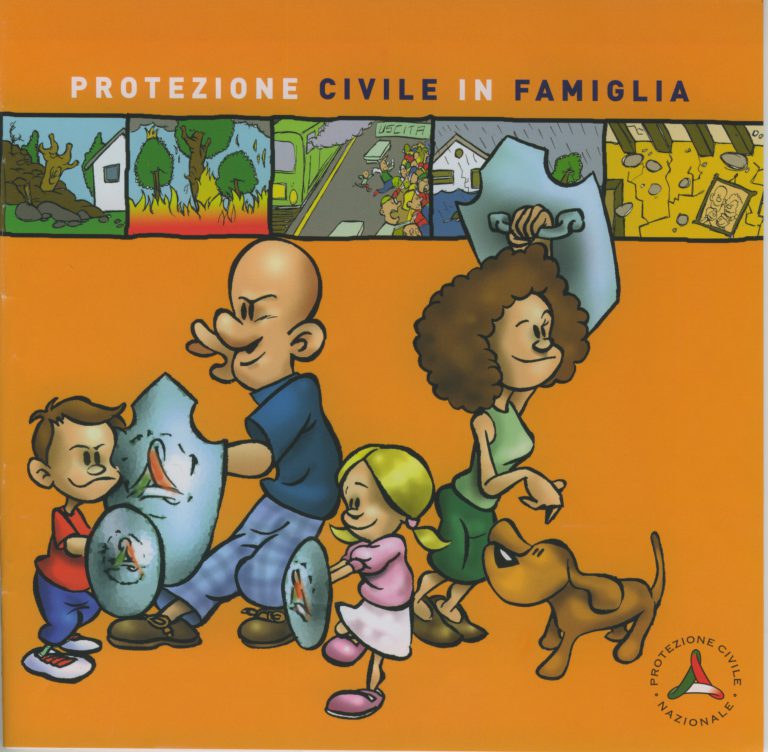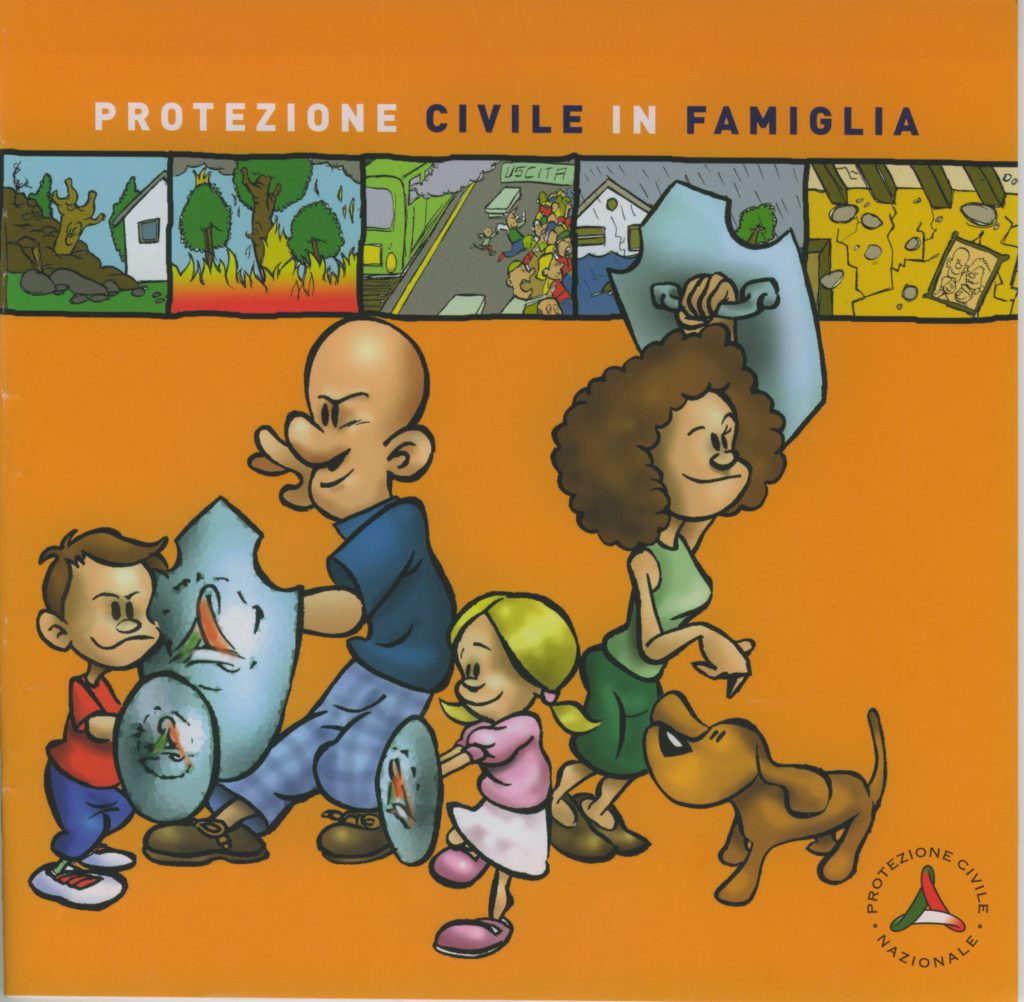In caso di frana, ci si può trovare in differenti situazioni: sul materiale in movimento o di fronte ad esso. Esiste anche la possibilità di incorrere in un movimento franoso durante lo spostamento con mezzi di trasporto, ad esempio, con una macchina.
Nella maggior parte dei casi, specialmente se si è di fronte ad un movimento franoso di grandi proporzioni, poco si può fare, ma vi sono alcune indicazioni generali, utili in caso di qualsiasi pericolosità naturale, che possono divenire preziose anche in una simile situazione.
In alcuni casi, le scuole sono messe in grave pericolo dalle frane, ma possono anche divenire un utile “palestra”, attraverso esercitazioni svolte negli stessi luoghi scolastici, per testare le giuste reazioni che si devono assumere in caso si verifichino eventi franosi, come indicato di seguito.
- Prima dell’evento franoso
Cerca di sapere se frane sono già avvenute, nel passato, nella tua zona, contattando gli uffici dell’Amministrazione Pubblica; contatta la Protezione Civile locale per visionare i piani di emergenza ed evacuazione per la tua zona e per predisporre il tuo piano d’emergenza personale. - Durante l’evento franoso
i) se ti trovi all’interno di un edificio (ad esempio la tua classe): a) non correre fuori, rimani dove sei; b) trova riparo sotto un tavolo, sotto una trave portante o vicino ad un muro portante; c) non utilizzare gli ascensori; d) rimani lontano dalle finestre, dalle porte a vetri o dalle credenze.
ii) se ti trovi all’esterno: a) allontanai dagli edifici, dagli alberi, dai lampioni stradali, dai cavi elettrici e dai cavi telefonici; b) non camminare o guidare lungo una strada di recente interessata da una frana; c) non ti avventurare su di un corpo di frana; d) non entrare in edifici coinvolti da una frana prima di una completa verifica da parte di esperti.

“Civil protection in family”: a booklet edited by the Italian Civil Protection containing the instruction about “what to do” in case of disasters.
- Prior to the event
- During the event
 |
Don’t rush outside, stay where you are. By staying inside the building you are more protected than outside. |
 |
Take shelter under a table, below the architrave, or near the bearing walls. They protect you from possible cave – ins. |
 |
Stay away from windows, doors with glass and cupboards. They could fall and hurt you. |
 |
Don’t use lifts. They could get stuck and prevent you from exiting. Help the other people around you. Maybe there are some people hurt or even disabled or people that are in trouble to move by themselves. Remember to help them to go out of the building when it will be safe the exit. |
 |
Move away from buildings, trees, streetlights, electric cables and telephone lines. They could fall down and hurt you. |
 |
Don’t walk or drive along a road where a landslide has recently occured. It is instable material that could start moving again. |
 |
Don’t venture out on a landslide body. The material of a landslide, even if stable in appearance, can hide dangerous underlying holes. |
 |
Do not enter inside houses involved in a landslides before a thorough assessment by experts. They could have sustained structural damage and be unsafe. |
